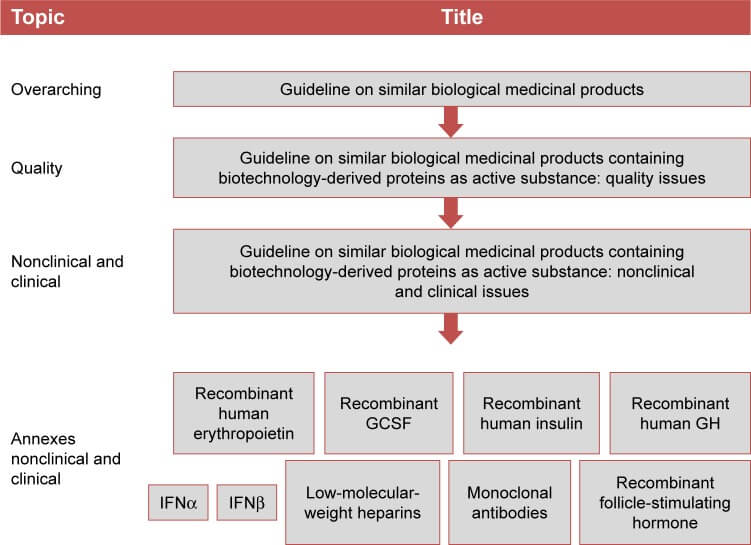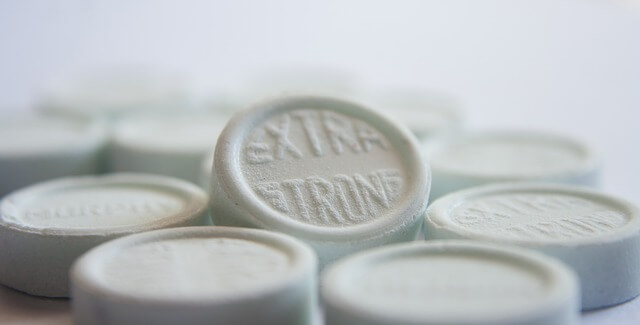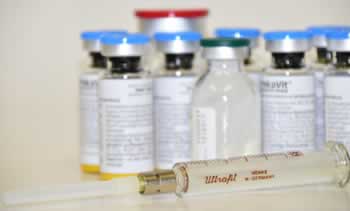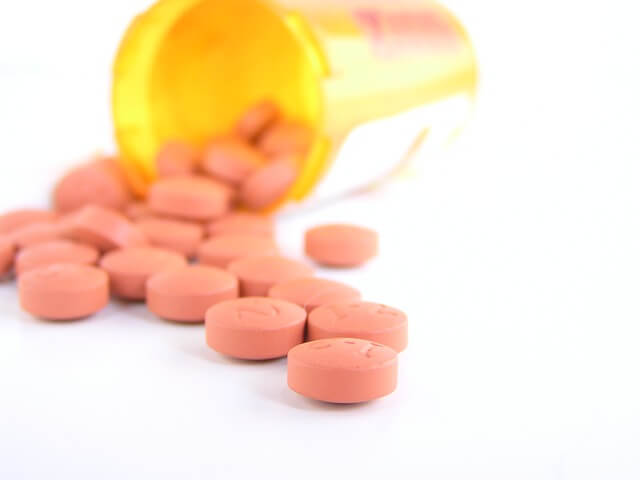Regulatory Considerations for Biosimilar Analytical Similarity Assessments
Introduction

Biosimilars, or follow-on biologics, are biopharmaceuticals that are highly similar to an already approved biological product. The regulatory landscape for biosimilars is complex and involves rigorous analytical similarity assessments to ensure that the biosimilar is comparable to the reference product in terms of structure, function, and clinical performance. This article delves into the regulatory considerations for biosimilar analytical similarity assessments, highlighting key principles, methodologies, and global regulatory frameworks.
What are Biosimilars?
Biosimilars are biologic drugs that are designed to be highly similar to an already approved biological product, known as the reference product. Unlike generic drugs, which are chemically identical to their branded counterparts, biosimilars are not exact replicas due to the inherent variability in biologic manufacturing processes.
Regulatory Frameworks for Biosimilars
FDA Guidelines
The U.S. Food and Drug Administration (FDA) has established a comprehensive framework for the development and approval of biosimilars. The FDA’s guidelines emphasize a stepwise approach to demonstrating biosimilarity, starting with extensive analytical characterization, followed by animal studies, and culminating in clinical trials to confirm efficacy and safety.
Key Principles of Analytical Similarity
Totality of the Evidence
The FDA’s approach to biosimilarity is based on the “totality of the evidence,” which means that no single study is definitive. Instead, a comprehensive evaluation of all available data, including analytical, animal, and clinical studies, is conducted to assess biosimilarity.
Risk-Based Approach
The development of biosimilars follows a risk-based approach, where the degree of residual uncertainty is assessed at each step. This allows developers to plan appropriate studies to address any uncertainties and ensure that the biosimilar is highly similar to the reference product.
Analytical Similarity Assessment
Structural and Functional Characterization
Analytical similarity assessment involves detailed structural and functional characterization of the biosimilar and the reference product. This includes physicochemical properties, functional activities, receptor binding, and immunochemical properties.
Critical Quality Attributes (CQAs)
Critical Quality Attributes (CQAs) are physical, chemical, biological, or microbiological properties or characteristics that should be within an appropriate limit, range, or distribution to ensure the desired product quality. Identifying and evaluating CQAs is crucial in demonstrating analytical similarity.
Global Regulatory Landscape
WHO Guidelines
The World Health Organization (WHO) provides guidelines for the development and approval of biosimilars. These guidelines emphasize the importance of analytical similarity and the use of a risk-based approach to reduce the need for extensive clinical studies.
EMA and Health Canada Guidelines
The European Medicines Agency (EMA) and Health Canada also have detailed guidelines for biosimilar development. These guidelines are regularly updated to reflect advances in scientific knowledge and experience with licensed biosimilars.
Challenges and Considerations
Residual Uncertainty
One of the challenges in biosimilar development is addressing residual uncertainty. This involves evaluating the differences observed between the biosimilar and the reference product and determining their potential impact on clinical safety and efficacy.
Formulation Differences
Biosimilars can have formulations different from the reference product, which may require additional studies to evaluate the impact of these differences on safety and efficacy.
Future Directions
Harmonization of Guidelines
There is a growing need for harmonization of regulatory guidelines across different jurisdictions to streamline the development and approval process for biosimilars. This would help in reducing the regulatory burden and making biosimilars more accessible.
Advanced Analytical Techniques
Advancements in analytical sciences, such as orthogonal platforms and techniques, are crucial for improving the efficiency and accuracy of biosimilarity assessments. These techniques help in fingerprinting the molecule and reducing the need for extensive clinical data.
Conclusion
Biosimilars offer a promising solution to the high cost of biologic drugs by providing affordable alternatives without compromising on safety and efficacy. The regulatory landscape for biosimilars is evolving, with a focus on harmonizing guidelines and leveraging advanced analytical techniques to streamline the development process. Understanding the regulatory considerations for biosimilar analytical similarity assessments is essential for ensuring that these products meet the highest standards of quality and performance.
FAQs
What are biosimilars?
- Biosimilars are biologic drugs that are highly similar to an already approved biological product, known as the reference product.
What is the FDA’s approach to biosimilarity?
- The FDA uses a stepwise approach based on the “totality of the evidence,” which includes extensive analytical characterization, animal studies, and clinical trials.
What are Critical Quality Attributes (CQAs)?
- CQAs are physical, chemical, biological, or microbiological properties or characteristics that should be within an appropriate limit, range, or distribution to ensure the desired product quality.
Why is harmonization of guidelines important for biosimilars?
- Harmonization helps in reducing the regulatory burden and making biosimilars more accessible by streamlining the development and approval process across different jurisdictions.
What role do advanced analytical techniques play in biosimilarity assessments?
- Advanced analytical techniques, such as orthogonal platforms, help in fingerprinting the molecule and reducing the need for extensive clinical data, thereby improving the efficiency and accuracy of biosimilarity assessments.
Sources Cited
Ratih, R., Mufarreh, A., Ahmed, A.-M., Elbarbry, F., & El Deeb, S. (2021). Biosimilars: Review of regulatory, manufacturing, analytical aspects and beyond. Biologicals, 43(1), 1-11. doi: 10.1016/j.biologicals.2021.01.002
FDA. (n.d.). FDA’s Overview of the Regulatory Guidance for the Development and Approval of Biosimilar Products in the US. Retrieved from https://www.fda.gov/files/drugs/published/FDA%E2%80%99s-Overview-of-the-Regulatory-Guidance-for-the-Development-and-Approval-of-Biosimilar-Products-in-the-US.pdf
Gherghescu, I., & Delgado-Charro, M. B. (2020). The Biosimilar Landscape: An Overview of Regulatory Approvals by the EMA and FDA. Pharmaceutics, 13(48), 1-15. doi: 10.3390/pharmaceutics13010048
Druedahl, L. C., Kälvemark Sporrong, S., Minssen, T., Hoogland, H., De Bruin, M. L., van de Weert, M., & Almarsdóttir, A. B. (2022). Interchangeability of biosimilars: A study of expert views and visions regarding the science and substitution. PLoS ONE, 17(3), e0262537. doi: 10.1371/journal.pone.0262537
Nupur, N., Joshi, S., Gulliarme, D., & Rathore, A. S. (2022). Analytical Similarity Assessment of Biosimilars: Global Regulatory Landscape, Recent Studies and Major Advancements in Orthogonal Platforms. Journal of Pharmaceutical Sciences, 111(2), 1-15. doi: 10.1016/j.xphs.2021.12.001























